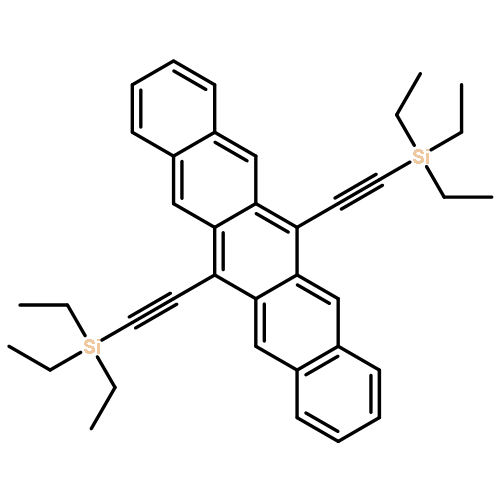Co-reporter: Khanh Do, Chad Risko, John E. Anthony, Aram Amassian, and Jean-Luc Brédas
pp: 7643
Publication Date(Web):October 22, 2015
DOI: 10.1021/acs.chemmater.5b02983
In the quest to improve the performance of organic bulk heterojunction solar cells, many recent efforts have focused on developing molecular and polymer alternatives to commonly used fullerene acceptors. Here, molecular dynamics simulations are used to investigate polymer:molecule blends comprised of the polymer donor poly(3-hexylthiophene) (P3HT) with a series of acceptors based on trialkylsilylethynyl-substituted pentacene. A matrix of nine pentacene derivatives, consisting of systematic chemical variation both in the nature of the alkyl groups and electron-withdrawing moieties appended to the acene, is used to draw connections between the chemical structure of the acene acceptor and the nanoscale properties of the polymer:molecule blend, which include polymer and molecular diffusivity, donor–acceptor packing and interfacial (contact) area, and miscibility. The results point to the very significant role that seemingly modest changes in chemical structure play during the formation of polymer:molecule blend morphologies.
